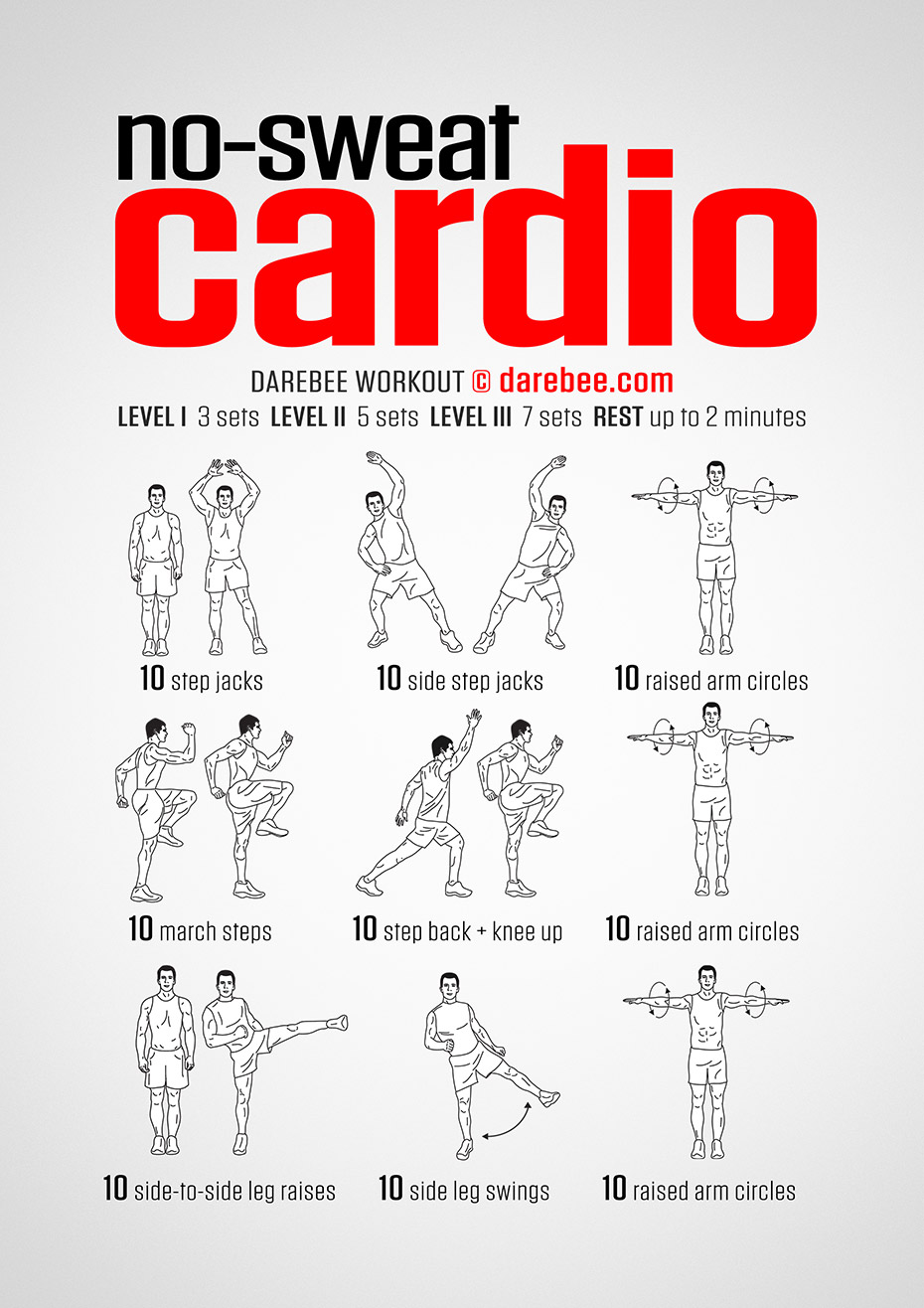

All you need to do is choose a type of exercise, such as running, jumping, or biking, and your exercise and rest times.įor example, pedal as hard as you can on a bike for 30 seconds, followed by pedaling at a slow pace for 1–2 minutes. HIIT is easy to incorporate into your exercise routine. That means HIIT can help you burn more calories while spending less time exercising.įurthermore, numerous studies have shown that HIIT is especially effective at burning belly fat, which has links to many chronic diseases ( 17, 18). One study of 9 active men found that HIIT burned 25–30% more calories per minute than other types of exercises, including weight training, cycling, and running on a treadmill ( 16). Typically, a HIIT workout lasts 10–30 minutes and can burn many calories. Interval training, more commonly known as high intensity interval training (HIIT), is a broad term for short bursts of intense exercise that alternate with recovery periods. In addition, studies have shown that your body continues to burn calories many hours after a weight-training workout, compared with aerobic exercise ( 15). Among women, the increase in metabolic rate was nearly 4%, or 50 more calories per day ( 14). In this study, that increase was equivalent to burning an additional 125 calories per day ( 13).Īnother study found that 24 weeks of weight training led to a 9% increase in metabolic rate among men, which equated to burning approximately 140 more calories per day. One 6-month study showed that simply doing 11 minutes of strength-based exercises 3 times per week resulted in a 7.4% increase in metabolic rate, on average.

Weight training is a popular choice for people looking to lose weight.Ī 155-pound (70-kg) person burns roughly 108 calories per 30 minutes of weight training ( 5).Īlso, weight training can help you build strength and promote muscle growth, which can raise your resting metabolic rate (RMR), or how many calories your body burns at rest ( 12). Also, many treadmills have built-in cushioning, which may be easier on your joints.

If you find jogging or running outdoors hard on your joints, try running on softer surfaces like grass. To get started, aim to jog for 20–30 minutes 3–4 times per week.

This type of fat wraps around your internal organs and has links to various chronic diseases like heart disease and diabetes ( 7, 8, 9).īoth jogging and running are great exercises that can be done anywhere and are easy to incorporate into your weekly routine. What’s more, studies have found that jogging and running can help burn visceral fat, commonly known as belly fat. Harvard Health estimates that a 155-pound (70-kg) person burns approximately 288 calories per 30 minutes of jogging at a 5 mph (8 km/h) pace or 360 calories per 30 minutes of running at a 6 mph (9.7-km/h) pace ( 5). Jogging and running are great exercises to help you lose weight.Īlthough they seem similar, the key difference is that a jogging pace is generally between 4–6 mph (6.4–9.7 km/h), while a running pace is faster than 6 mph (9.7 km/h).


 0 kommentar(er)
0 kommentar(er)
